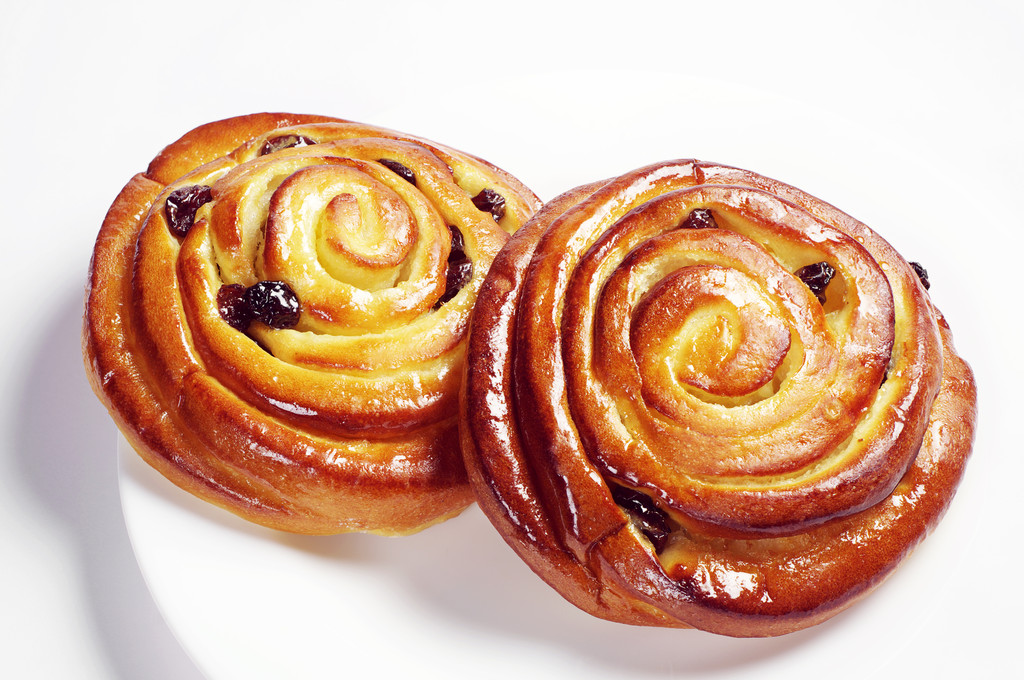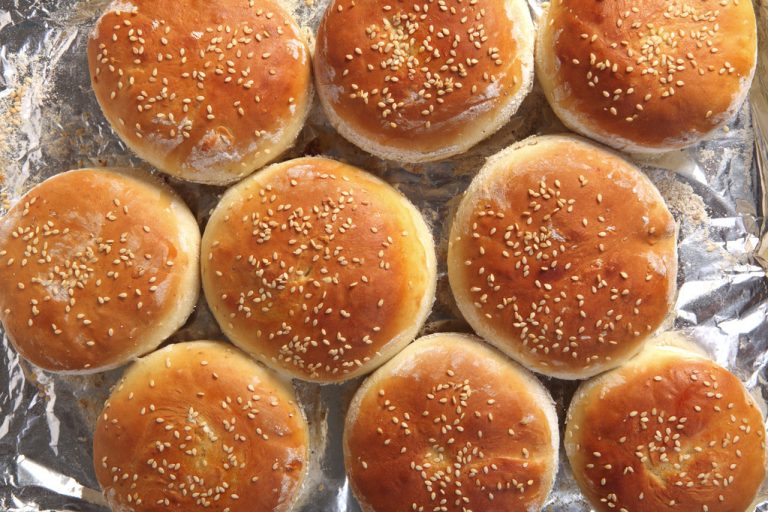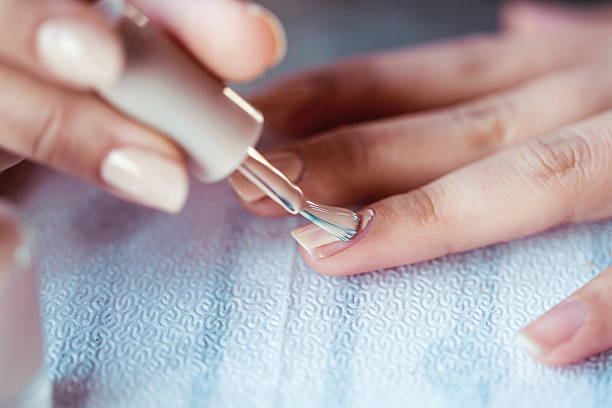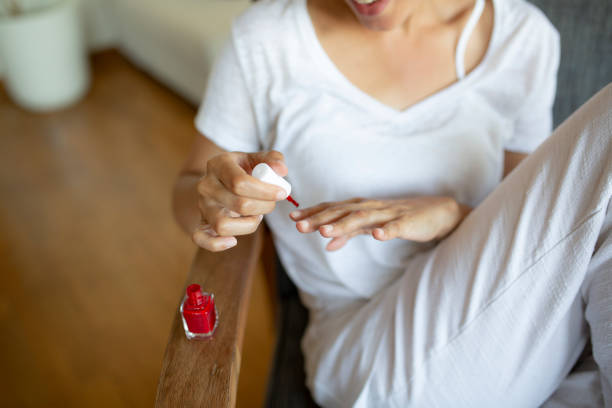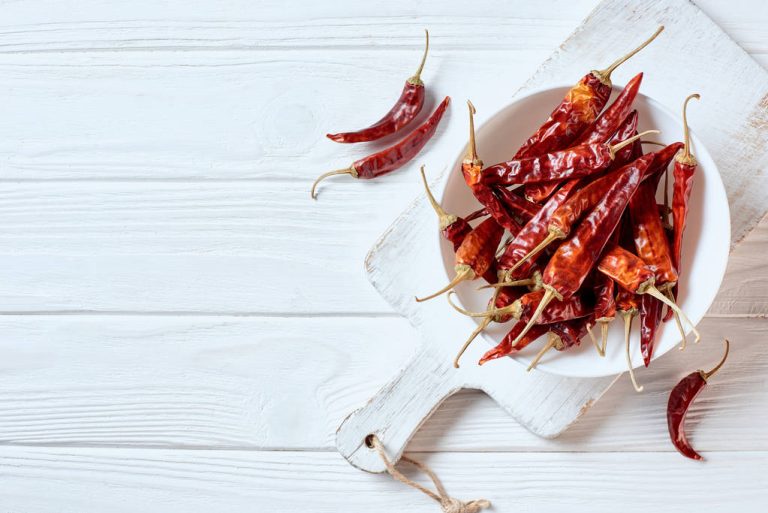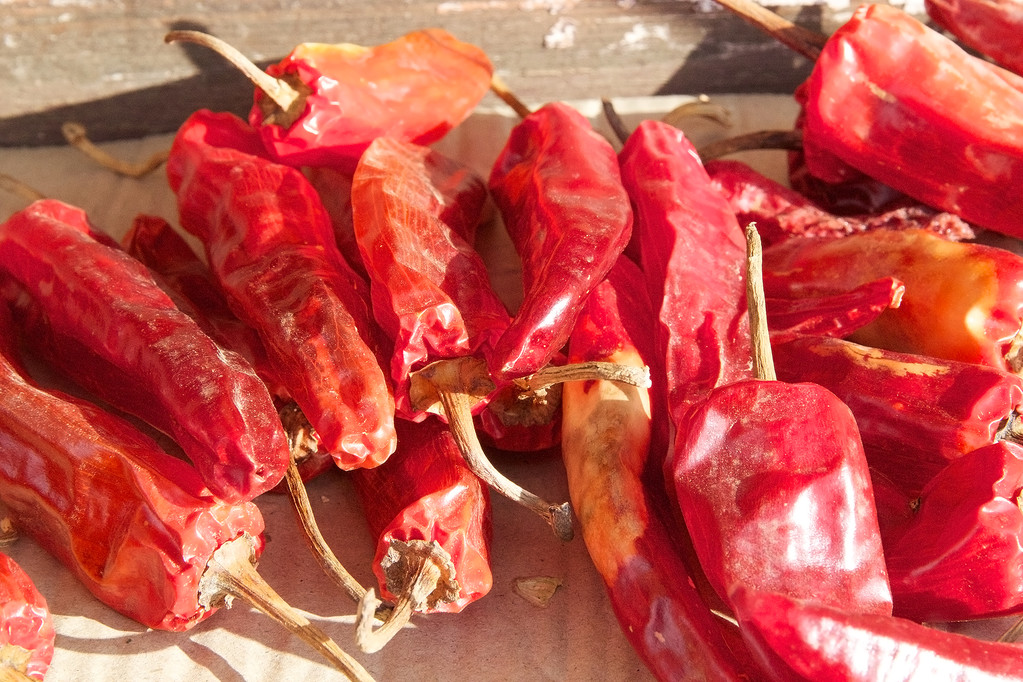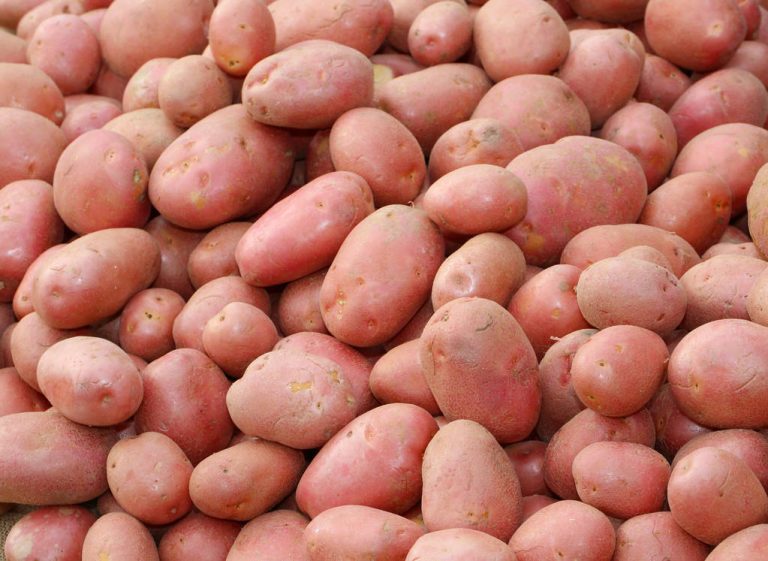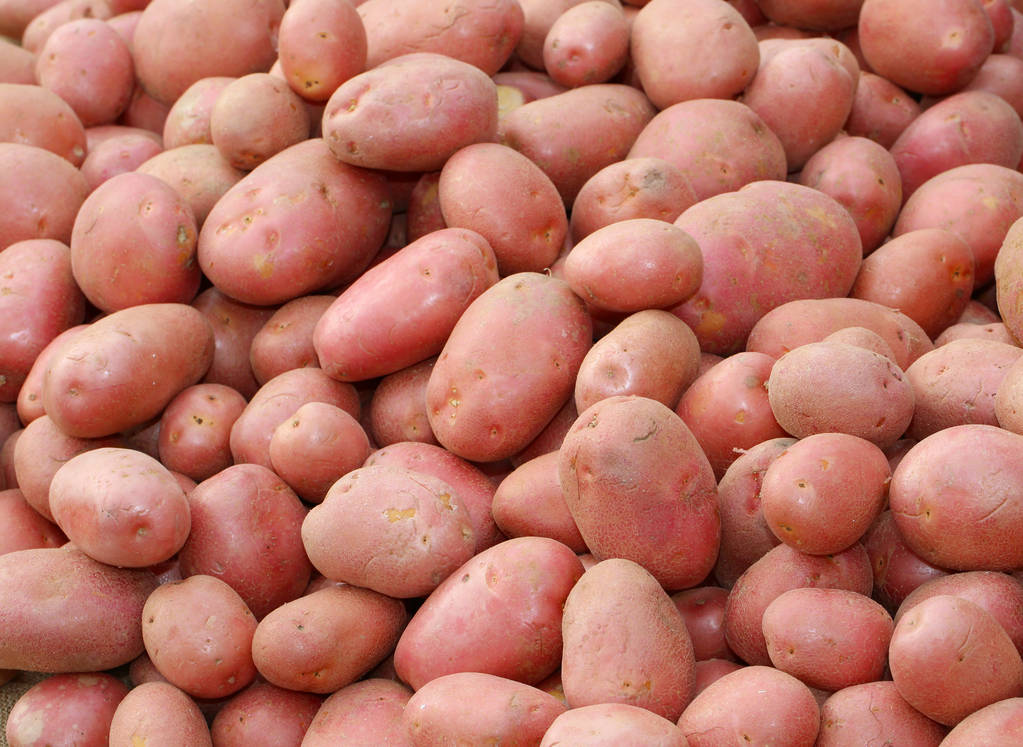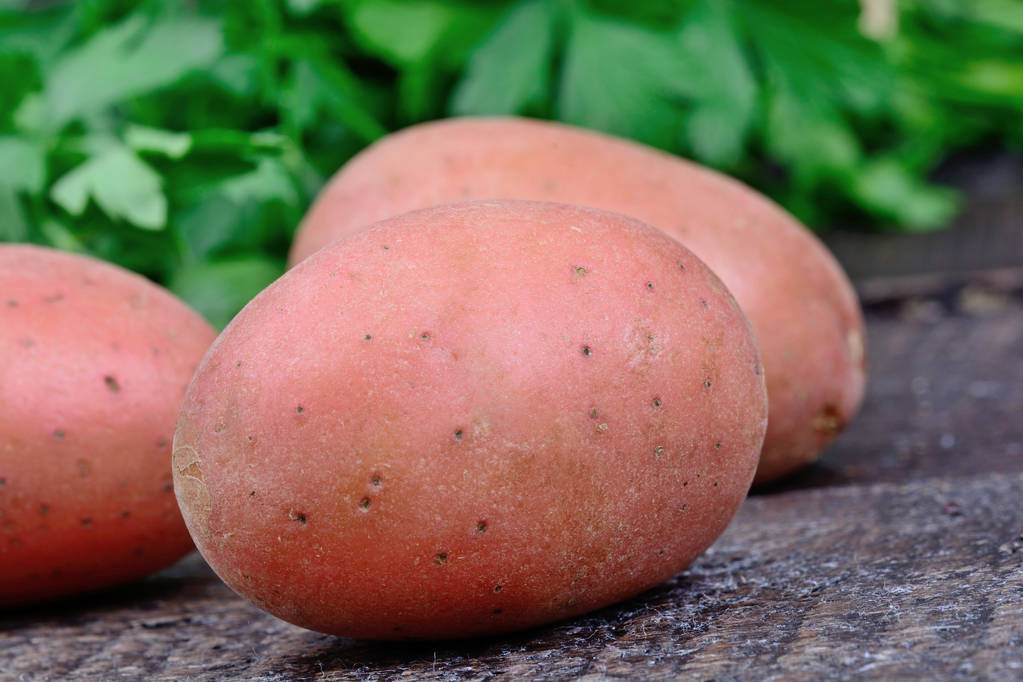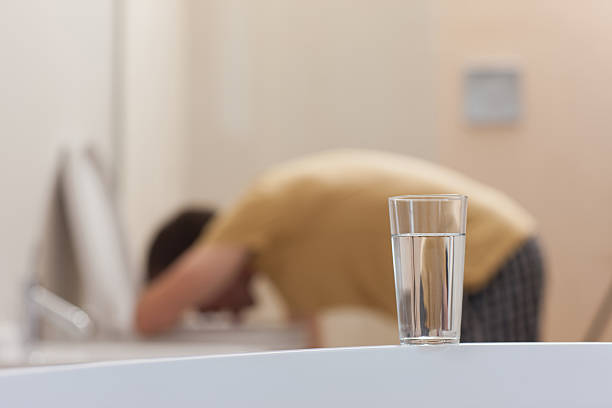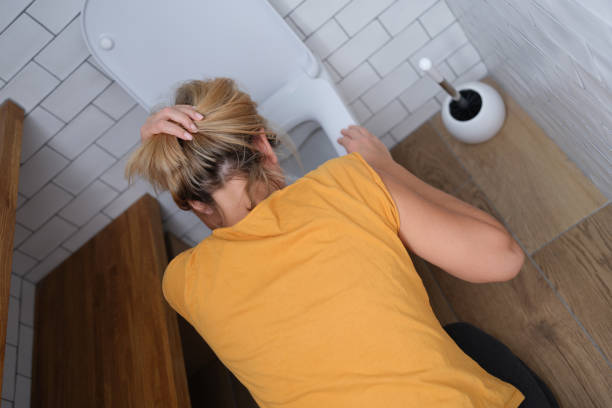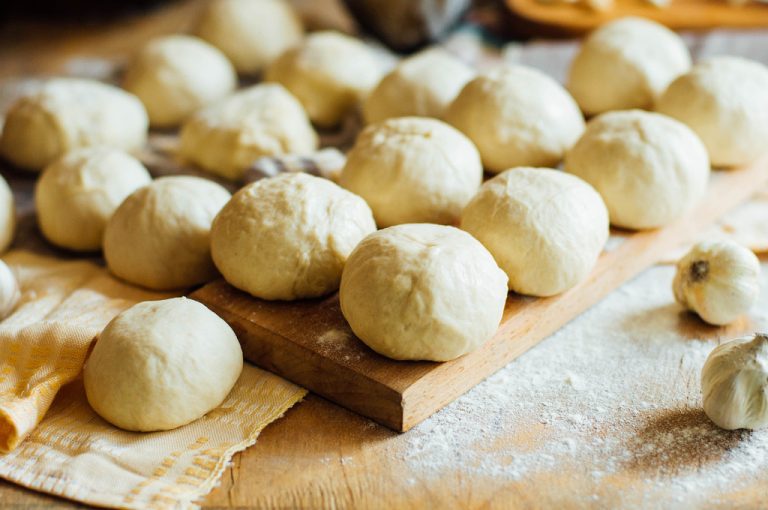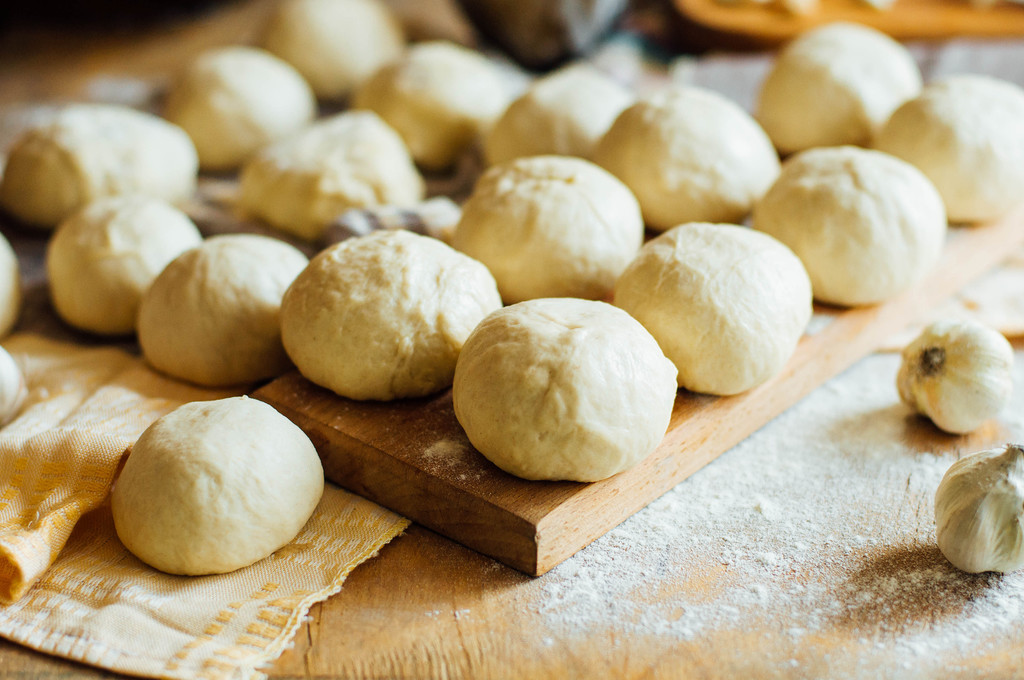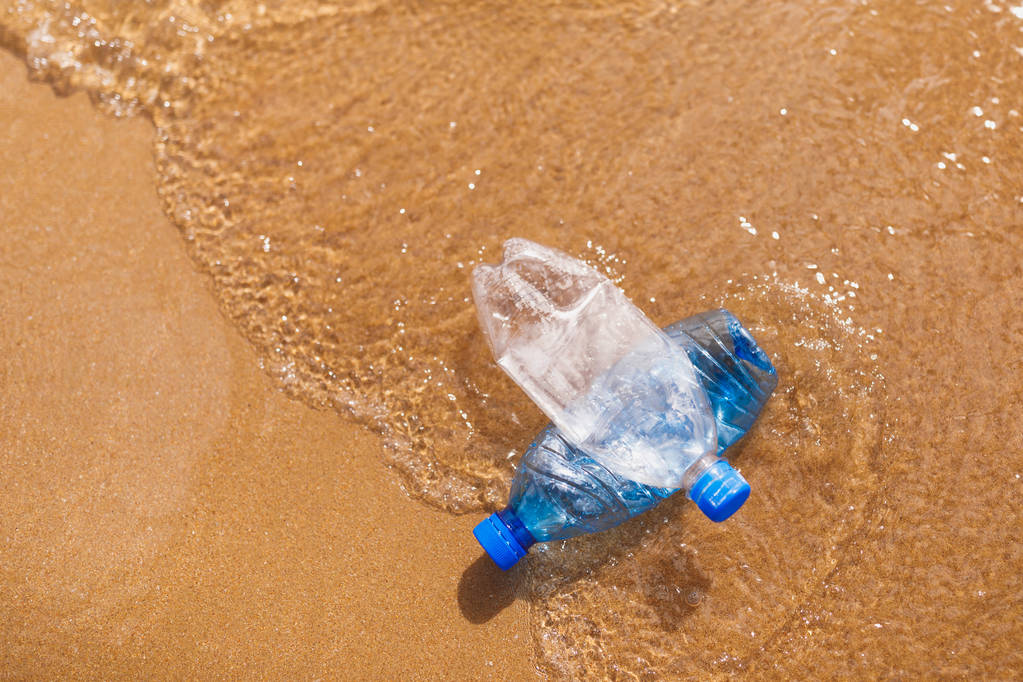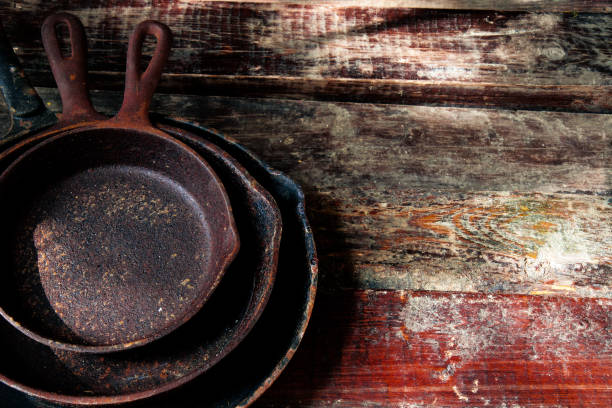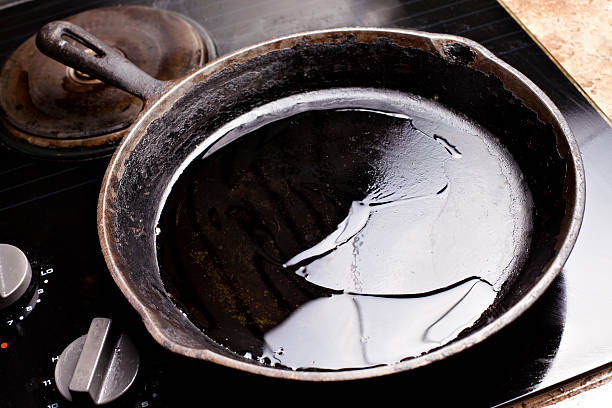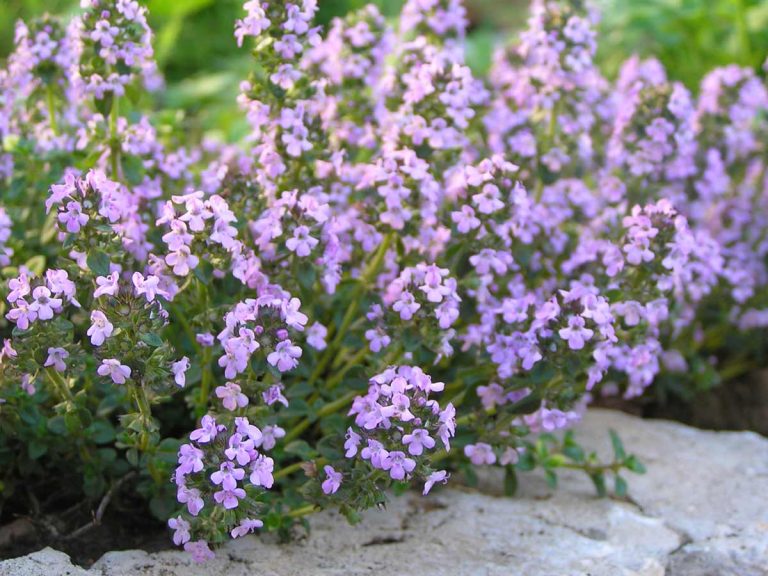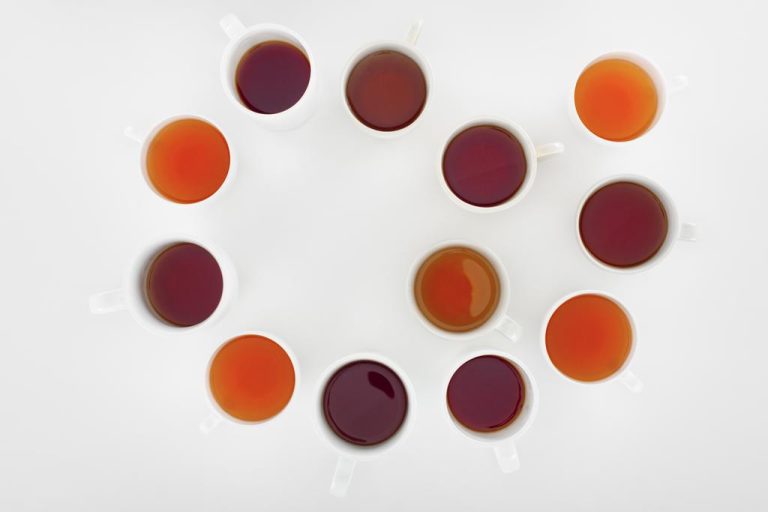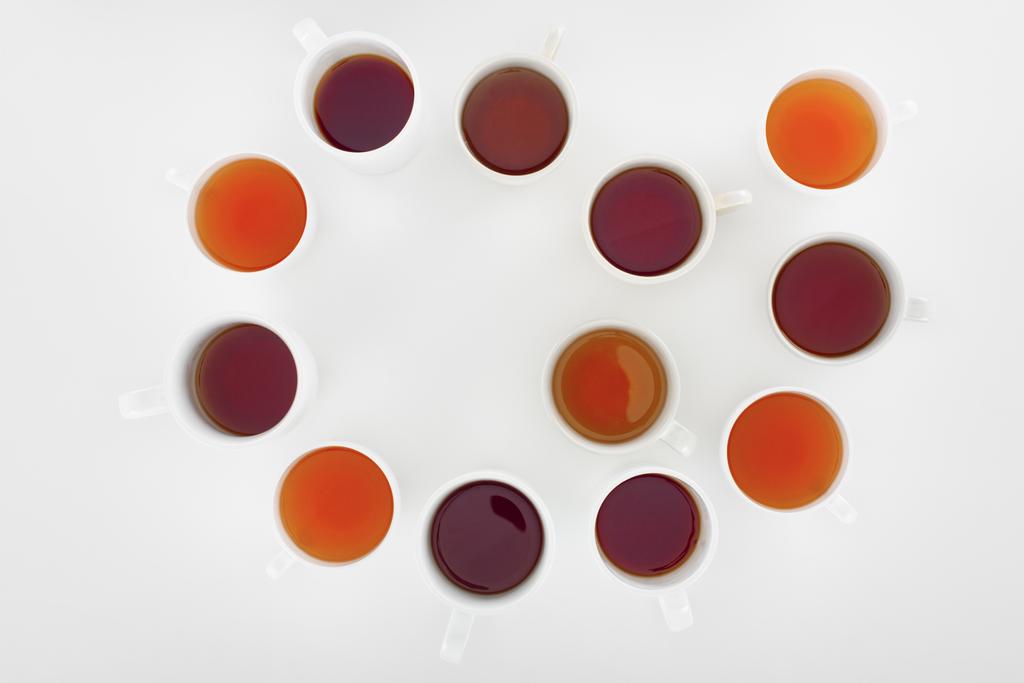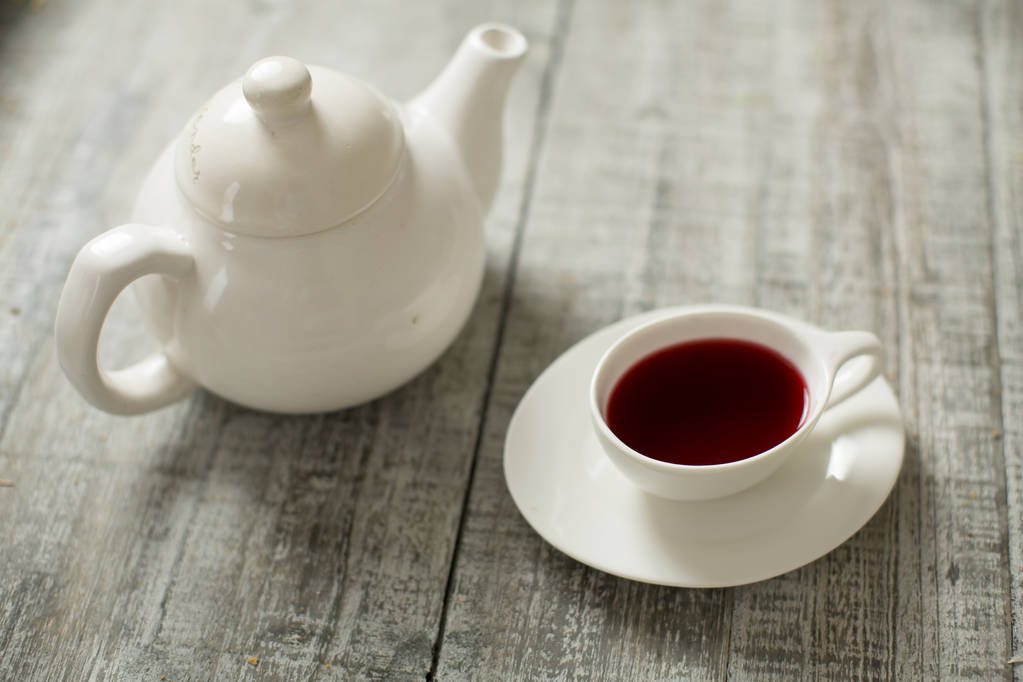Herbs in your garden are a pure delight. Its flowers attract bees, bumblebees and butterflies, they exude a heavenly fragrance and inspire new taste experiences in the kitchen. Some herbs can be the salt in the soup – or even replace it. Herb beds are usually easy to care for, hard-wearing and productive. And that’s not all – if you want to heal minor illnesses in a low-threshold way, you’re well advised to grow a few essential herbs in the garden. Some medicinal herbs also find their place on the balcony and windowsill. We have put together our top eleven medicinal herbs that should not be missing from your medicine chest.
Thyme – Small herb with well-documented medicinal properties

Thyme is indisputably a must-have among Mediterranean herbs. The herb with the small wiry leaves conjures up Mediterranean flair in your vegetable and potato dishes. In the garden, for example in the herb spiral and on the balcony, thyme makes itself popular because of its willingness to bloom and its trouble-free thriving. But the herb is not just a delicious spice in the kitchen.
Thyme has been used as a remedy for all kinds of ailments since ancient times. Its essential oils, such as thymol and carvacrol, have an antibacterial, antibiotic, expectorant, antispasmodic and anti-inflammatory effect. These effects of thyme have now been well documented in studies.
Relieves airways, relieves spasms and relaxes the intestines
A thyme tea has an antibacterial and antiviral effect against infections of the upper respiratory tract. The antispasmodic effect also relieves the bronchial tubes. Thyme tea can also be good for the stomach. In the case of flatulence and menstrual cramps, it calms things down again. Drink a well-strained tea made from 2 teaspoons per cup of thyme in three cups throughout the day to allow the healing effects to unfold.
A thyme steam bath lets skin impurities disappear quickly and gently, because it has an antibacterial effect without destroying the pH value of the skin. You can also make a strong decoction of 100g thyme in half a liter of water, let it cool down and dab blemishes with it.
Real chamomile – Yellow tea against bad pain
The clear yellow tea from the white-feathered flowers is considered the health tea par excellence. It lives up to this reputation because the plant, which has been used for thousands of years, can alleviate a wide range of ailments. It has anti-inflammatory, antispasmodic, antimicrobial and wound-healing properties. Chamomile grows on barren, poor garden soil or in herbal soil in window boxes and tubs.
Inflammation of the gums or a sore throat can be alleviated with chamomile with a gargle solution. A tea can also be of good service if it has been steeped for a long time and is drunk in small sips throughout the day.
Chamomile blossom tea also develops an antispasmodic and antibacterial effect in the gastrointestinal tract. A decoction of chamomile flowers added to the water of a sitz bath can relieve minor genital infections and hemorrhoids.
Rosemary – The power of the coast for your muscles
Rosemary, the “rose of the sea” is relatively undemanding and grows in the dry zone of herb beds or in tubs and pots on balconies and terraces. Rosemary can grow relatively tall outdoors, up to two meters. Short-snouted insects like bumblebees and bees love the bluish flowers. We humans appreciate the bitter-spicy taste as a basic seasoning for soups and stews. The essential oils of the needles have a circulation-enhancing and warming effect. Rosemary loosens muscle tension, helps with rheumatism, muscle and joint pain and gives the circulation a boost.
Green Sud is also good on the head
Make a rosemary brew to harness its effects. To do this, strip the needles from the branches and put them in a pot with water. 100g of needles are enough for one liter of water. Let it simmer for twenty minutes and then pass it through a sieve. You can add the brew to your bath water.
20 g rosemary boiled with 250 ml water and poured with 250 ml cold apple cider vinegar results in a strengthening hair tonic that soothes your scalp and smells extraordinarily well.
Taken internally, rosemary aids in digestion. Add it to particularly fatty foods to aid in digestion.
Lavender – Violet happiness and calm for your nerves
The silvery stems and leaves of lavender and its purple flowers are the epitome of Provençal summer. Its distinctive sweet-fresh scent has been used in perfumery for centuries. You can plant it in the garden to border beds or to give a border of perennials a rustic look. It attracts bumblebees, bees and butterflies and keeps aphids away from other plants. But lavender also has its place in the herb bed. Lavender is an herb that has a beneficial effect on the nerves and psyche. According to studies, the essential oils contained in lavender, coumarins, tannins, flavonoids affect the nerve receptors in the body. The release of the stress hormone norepinephrine is inhibited and the body releases more of the happiness hormone serotonin. The mere scent has a delightful effect.
Sleepless nights? Only for the moths!
A lavender bag under the pillow ensures a peaceful and deep sleep. You can also make lavender tea from two teaspoons of dried flowers or add it to other tea blends. Lavender tea calms the nerves, clears thoughts and alleviates fears and depressive moods.
Indoors, the dried flowers will repel moths from closets.
Meadowsweet – Sweet pain reliever from the meadow
You may know Meadowsweet from walks along streams or wet meadows. The perennial grows up to two meters tall, has pinnate leaves and flowers in white racemes. Meadow hay with meadowsweet spreads a characteristic, cinnamon-like sweet fragrance. You can collect meadowsweet in the wild, but it is definitely worth cultivating the plant in your herb bed as well. Due to its height, however, the herb is not so well suited for containers or window boxes. The real meadowsweet has many healing effects that have long been known in folk medicine. It contains substances that have an astringent effect on the mucous membranes. This helps against colds. However, the high content of salicylaldehyde and salicylic acid methyl ester is particularly noteworthy. Together, these two substances have a pain-relieving and fever-reducing effect similar to that of aspirin.
Gentle drainage
Meadowsweet tea is also said to have a diuretic effect. The whole plant, i.e. stems, leaves and flowers, is used for medicinal purposes. You can make a meadowsweet tea by steeping a tablespoon of the chopped plant parts in a cup of boiling water. Then let the infusion steep for 10 to 20 minutes. Then pour everything through a fine sieve. Meadowsweet tea should be drunk as hot as possible to increase the sweat-inducing effect.
Sage – Bitter leaves against viruses, bacteria and fatty foods
Real sage is another typical Mediterranean herb, which thrives well in our latitudes and overwinters without any problems. It grows bushy and branched as a pretty purple flowering semi-shrub in our herb garden. The slightly felty silvery leaves taste bitter and aromatic.
Sage is a culinary herb that goes particularly well with hearty and greasy dishes. Its bitter substances stimulate bile production and help with fat digestion. The antimicrobial properties are used in the kitchen to preserve oily and fatty foods.
Not only is sage valuable for your medicine chest, but also because it contains thujone and camphor. Both substances are antibacterial and partially antiviral and are effective against inflammation in the mouth and throat with a sore throat. Prepare a tea from fresh or dried sage leaves. Ten leaves are enough for a cup of water. You can drink the tea or make a stronger infusion to use as a gargle solution. Anyone who likes to produce natural cosmetics can add sage to homemade deodorants, because it inhibits excessive perspiration.
Calendula – Rich orange is not only delicious, but also healing
The marigold blooms bright orange and lush as an insect magnet in your garden. The flowers not only enrich your beds for decoration, but also your diet with their edible, slightly salty-bitter petals and your herbal pharmacy with their healing powers. Their content of plant pigments, flavonoids and carotenes has an antibacterial, expectorant and wound-healing effect. Calendula officinalis, as it is called in Latin, is a traditional cottage garden plant that was used as a weather prophet in earlier times. It is believed that the weather will be nice when the flowers open in the early morning.
Since the 12th century, marigold has been used in herbal medicine to alleviate and heal skin complaints, gynecological disorders and as an antispasmodic. The flavonoids, glycosides, saponins and mucilage it contains are said to have a disinfecting, anti-inflammatory, anticonvulsant and analgesic effect.
Refine tea and dishes with marigolds
You can use the pretty colored leaves of the marigold as an ornamental herb in tea mixtures and potpourris. They can be used as a substitute for saffron in many dishes. Whole flowers adorn salads and also taste great. You can pickle the marigold buds in vinegar and then eat them like capers.
In medicine, among other things, marigold ointment or wraps are used especially for dry skin and in wound healing. You can easily make a marigold soap yourself. The yellow-orange color of the flowers can also be used to dye rice or Easter eggs, for example.
Flowers for smooth skin and light legs
Marigold helps heal skin injuries and wounds by promoting cell renewal and protecting the wound from inflammation and bacterial attack. In addition, marigold promotes blood circulation and thus works against muscle and joint problems as well as heavy legs. The marigold also has a firm place in natural cosmetics. Marigold moisturizes dry, cracked or irritated skin and promotes the renewal of skin cells.
The marigold blossoms are used medicinally because they contain the important active ingredients for the skin, muscles and joints. Harvest and dry the marigold flowers as soon as they first bloom. Early picking also stimulates flowering.
Congestion in the veins, which leads to fluid accumulation and swelling, can be relieved with calendula ointment. The “heavy legs” disappear because the marigold has a stimulating effect on blood circulation and the lymphatic system. Fluid transport is improved and swelling can subside more easily.
Parsley – Healing outside the box
Yes, you read that right! Parsley, the evergreen and evergreen among kitchen herbs, can also be used as a medicinal plant. The main use of parsley is its dehydrating effect, which you can use internally and externally. Fresh parsley provides you with a high dose of vitamin C for your immune system. Fasting cures are supported by parsley tea because the tea has a strong draining effect. Add three handfuls of chopped parsley to half a liter of boiling water and let it simmer and steep for a few minutes.
Strong voice through green Sud
Drink the tea in sips during the day and stop the dose in the early evening so that you are not woken up at night by the urge to urinate. Parsley is said to help break down and flush out toxins from the body. The draining effect is also said to counteract high blood pressure. Externally, you can use parsley to minimize cellulite. Wraps made from the chopped parsley are said to do this.
Incidentally, a course of parsley tea is also suitable for intercepting a budding urinary tract infection. If you have to talk a lot or even sing, you can drink a low-dose tea that is lightly sweetened with honey to strengthen your vocal cords.
Peppermint – Coolness and relaxation for body and mind
With its sweet freshness, mint is the ultimate summer herb. Cultivating real peppermint in the garden is easy and always worth it. The herb spreads luxuriantly on damp locations that are not too sunny (install a root barrier if necessary!) and is more versatile than almost any other. Whether you use it to refine sweet dishes or teas, make syrup from it, season salads and dressings with it or add it to delicious cocktails – mint refreshes and creates a pleasant coolness.
Tasty and healing on top of that – mint calms the intestines
In addition, it also has some healing properties. The areas of application of the medicinal plant are primarily the gastrointestinal tract. Its essential oils strongly stimulate bile production, which initially gives a boost to fat digestion. Starting from the bile, the entire digestion is then facilitated. Mint oils can lessen or reduce bloating. Yoghurt dips with mint go perfectly with meat dishes and all dishes with legumes. Anyone suffering from irritable bowel problems can get relief with two cups of fresh peppermint tea a day. Mint oil has a cooling effect and can relieve tension headaches. A strong brew made from peppermint leaves also has the same effect if you place it on cotton balls and dab your forehead and temples with it. Symptoms of colds and runny noses are alleviated when you treat yourself to a mint steam bath. Peppermint is also used for muscle and nerve pain.
Lemon Balm – Magical aroma brightens the mood
Lemon balm is a grateful herb that branches out like a bush and thrives luxuriantly in almost any soil. Lemon balm takes center stage in the herbal spiral. It can also be planted in balcony boxes and tubs, but then it has to be kept small by cutting and dividing. The jagged, heart-shaped leaves of lemon balm give off a scent of fresh, tart lemon peel and can often serve as a substitute for the more expensive exotic lemongrass. You can process lemon balm into cold soft drinks and soothing tea. The flowers are small, white and inconspicuous, but very popular with bees.
Various substances in the essential oil, such as citral, geranial, neral and citronellal, are responsible for the scent of lemon balm. These oils are also responsible for the healing properties of lemon balm. You can use lemon balm leaves to calm down and improve mood against a number of psychological complaints. Lemon balm can also relieve indigestion. Lemon balm is even antiviral to a small extent. A tea made from its leaves can stop or alleviate the onset of a cold.
Arnica – Full flower heads have a gentle decongestant effect

Used as a medicinal plant for centuries, arnica was in some cases completely eradicated in nature due to excessive collection. Today, the wild collection of arnica, which occurs on acidic, poor meadows, is forbidden. In order to still benefit from the effect of the plant, you can plant it in your garden.
The healing effect of arnica against swelling, bruises and bruises is well documented for external use. In homeopathy, arnica is also used internally, but you should not take any plant parts from the arnica itself, because then it has a toxic effect.
Worth the wait
It is not very uncomplicated to plant arnica in the garden. Above all, well-drained, acidic and lean soil without waterlogging is important. Cultivation indoors towards the end of winter in February is also required. You can then plant the seedlings in May after the last frosts. You then need a little more patience, because arnica grows slowly and can only be used three years after rearing. When the time comes, you can make a tincture from the flowers, which can be further processed as needed. Add 100 ml spiritus dilutus from the pharmacy to 10 g arnica flowers. Shake the mixture daily for a week. Then pour the liquid through a fine sieve and into a small apothecary bottle. To make poultices with it, you need to dilute the solution at a ratio of 3:10. You can also use the tincture to make mouthwashes that have an antiseptic effect. The dilution is then 1:10. It is important that you do not swallow the solution! Children and those who are allergic to daisy family should refrain from using arnica altogether.

